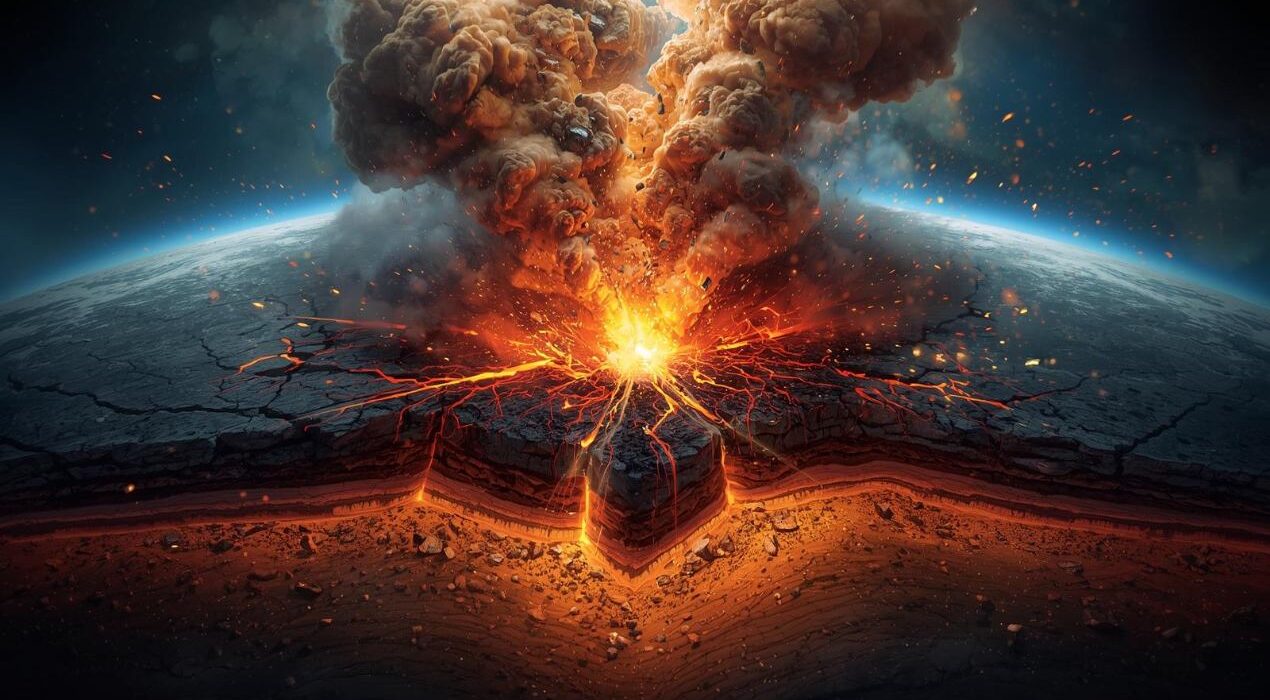Diamonds are not just sparkling treasures; their journey to the Earth’s surface is a geological marvel. Most diamonds, over 70%, are brought up from the deep mantle through rare volcanic eruptions known as kimberlites. These carrot-shaped pipes erupt from depths greater than 150 km and can ascend at astonishing speeds of nearly 80 miles per hour, carrying precious gems and rock fragments along the way.
“They’re very interesting and still very enigmatic rocks,” explains Ana Anzulović, a doctoral research fellow at the University of Oslo’s Centre for Planetary Habitability. Despite decades of study, the exact mechanisms behind these explosive eruptions have remained a mystery.
A new study published in Geology brings scientists closer to solving this puzzle. Using advanced chemical modelling and molecular dynamics simulations, Anzulović and her colleagues investigated how volatile compounds such as carbon dioxide (CO2) and water (H2O) affect the buoyancy of proto-kimberlite melts. Their findings reveal that these volatiles are the key ingredients that enable kimberlites to erupt.
Water keeps the magma fluid, while carbon dioxide stabilizes the melt under extreme pressures. As the magma nears the surface, CO2 degasses explosively, powering the eruption. The team determined that at least 8.2% CO2 is required for kimberlite to successfully reach the surface—without it, diamonds would remain trapped deep in the mantle.
“The most important takeaway from this study is that we managed to constrain the amount of CO2 that you need in the Jericho kimberlite to successfully ascend,” says Anzulović. Their models show that volatile-rich melts can transport up to 44% of mantle peridotite, highlighting just how powerful and efficient these eruptions can be.
This breakthrough finally illuminates how diamonds survive their perilous journey to the surface, maintaining their brilliance instead of reverting to graphite.
Scientists Reveal How Explosive Kimberlite Eruptions Carry Diamonds to Earth’s Surface






